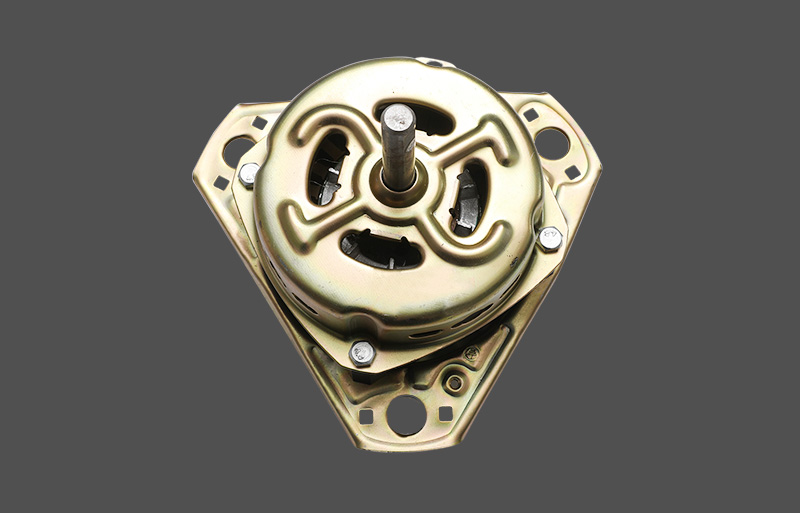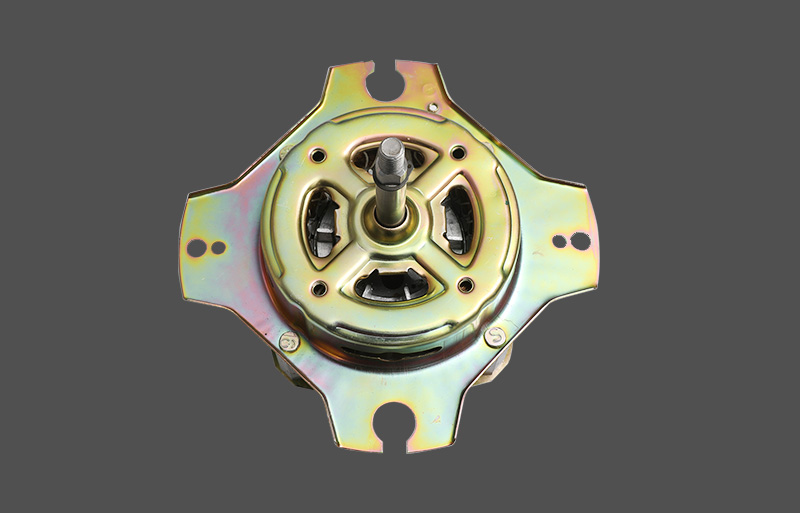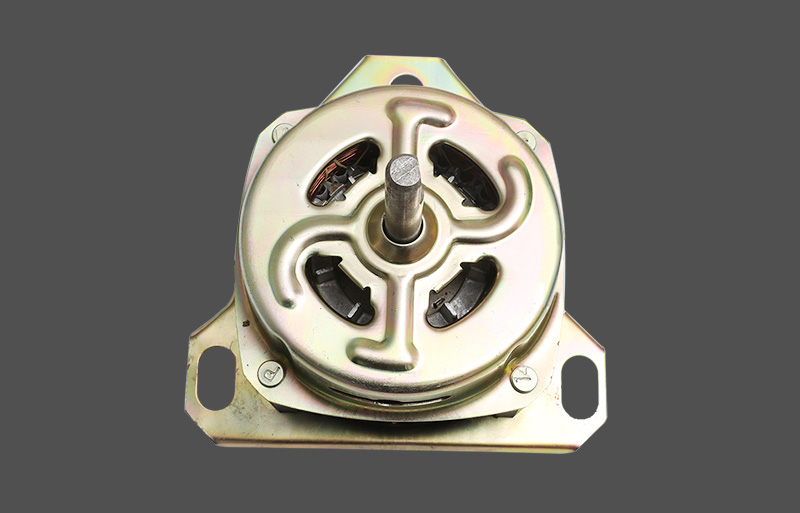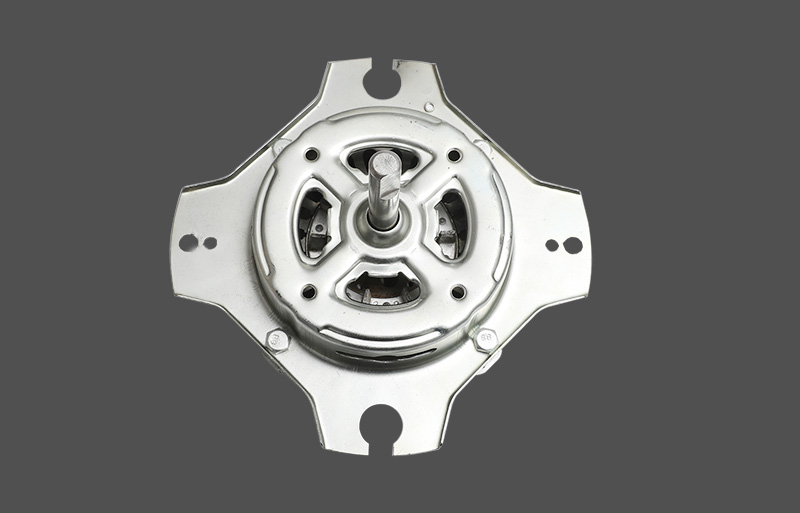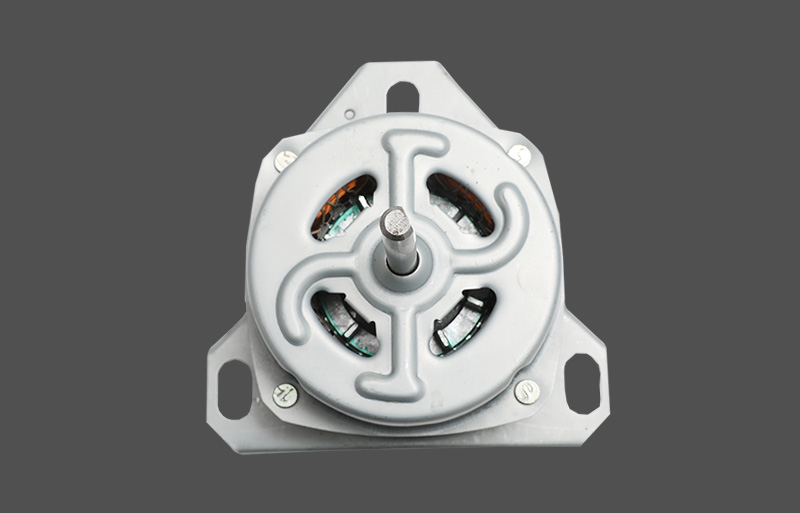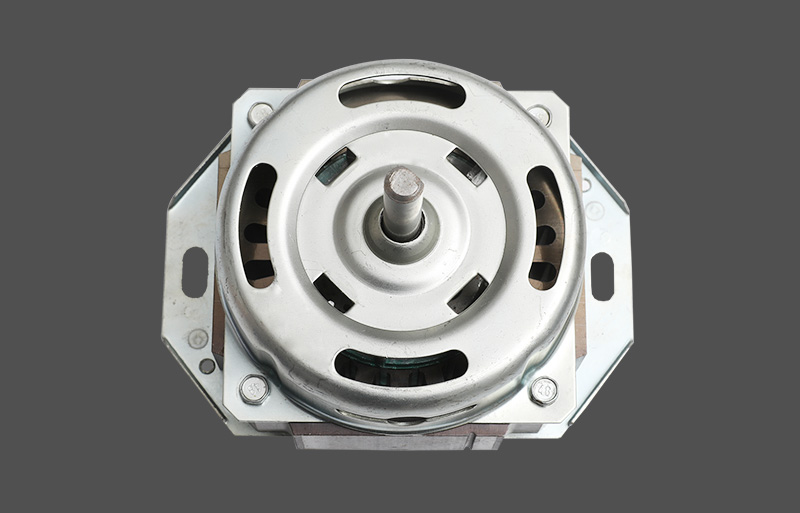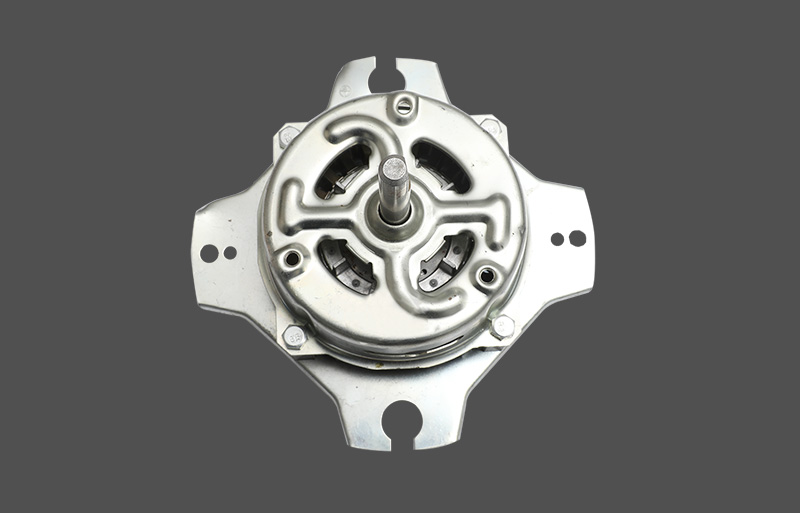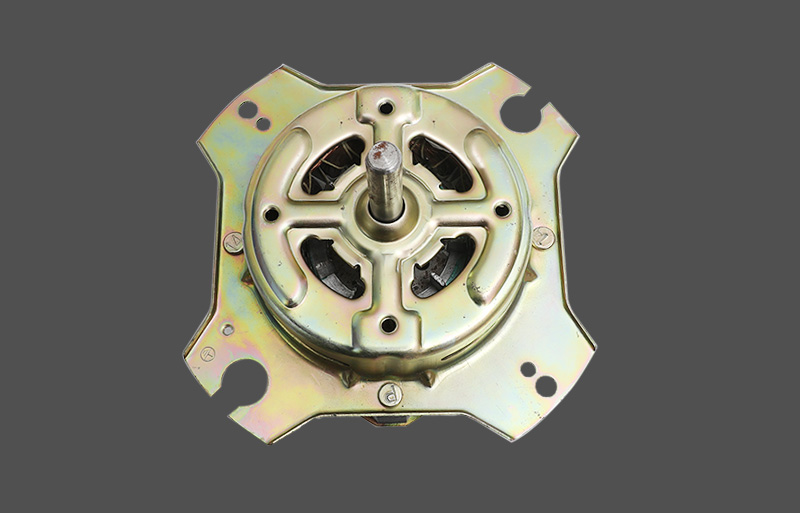Spin Machine Motor plays a vital role in the industrial field and daily applications. However, overheating is one of the most common and serious problems in the operation of motors. Overheating not only significantly affects the performance of the motor, but may also cause equipment damage, production interruptions and potential safety hazards.
Analysis of the causes of overheating failures
Load exceeds the rated range: When the motor is operated under conditions exceeding its rated load, the current will increase significantly, resulting in an increase in heat generation. If it is in an overload state for a long time, the winding temperature will be too high, which may eventually cause the insulation material to age or burn.
Poor ventilation system: The cooling effect of the motor depends on air flow. If the ventilation design is unreasonable or blocked by dust and debris, the heat dissipation effect will be greatly reduced, which will cause the motor temperature to rise.
Unstable power supply voltage: The operating efficiency of the motor is directly affected by the power supply voltage. Too high or too low voltage will cause abnormal current, which will lead to overheating.
Insufficient lubrication: Mechanical friction inside the motor generates heat. If the lubricant is insufficient or the lubrication is improper, the friction increases and the temperature rises accordingly.
Aging of insulation materials: Over time, the insulation materials inside the motor may age due to high temperature, humidity or chemical corrosion, resulting in a decrease in insulation performance, which can cause short circuits and overheating.
Electrical component failure: If the electrical components inside the motor (such as windings, switches and terminals) fail, it may cause local overheating, which in turn affects the overall operation.
Solutions for overheating failures
To effectively deal with overheating failures of motors, companies should take the following measures:
Reasonable selection of motors: During the selection of motors, it is necessary to ensure that their rated power can meet the actual load requirements. Load fluctuations should be considered and appropriate safety margins should be selected to avoid long-term overload.
Regular maintenance and inspection: Develop a detailed maintenance plan and regularly check the load, ventilation and lubrication of the motor. Regularly clean dust and debris on the surface of the motor to ensure that the vents are unobstructed and a good heat dissipation environment is guaranteed.
Monitor the power supply voltage: It is recommended to use voltage monitoring equipment to monitor the stability of the power supply voltage in real time. Once an abnormal voltage is found, communicate with the power supplier in a timely manner to make necessary adjustments, or consider installing a voltage stabilizer to ensure the normal operation of the motor.
Optimize the cooling system: Ensure that the cooling system of the motor is designed properly and can effectively dissipate heat. Consider adding fans or cooling devices around the motor to enhance air flow and improve heat dissipation efficiency.




